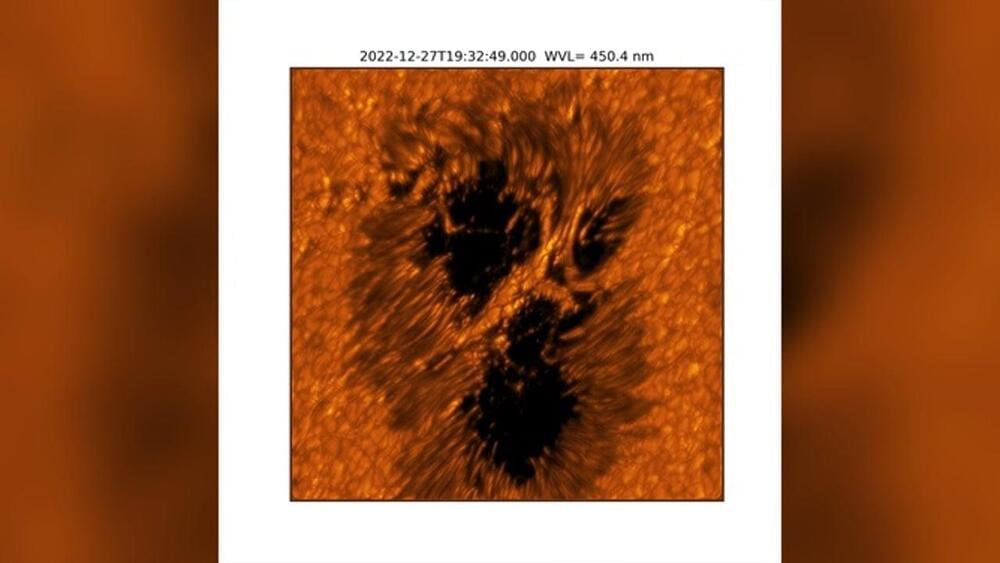Join top executives in San Francisco on July 11–12, to hear how leaders are integrating and optimizing AI investments for success. Learn More
Last year generative artificial intelligence (AI) took the world by storm as advancements populated news and social media. Investors were swarming the space as many recognized its potential across industries. According to IDC, there is already a 26.9% increase in global AI spending compared to 2022. And this number is forecast to exceed $300 billion in 2026.
It’s also caused a shift in how people view AI. Before, people thought of artificial intelligence as an academic, high-tech pursuit. It used to be that the most talked-about example of AI was autonomous vehicles. But even with all the buzz, it had yet to be a widely available and applied form of consumer-grade AI.





